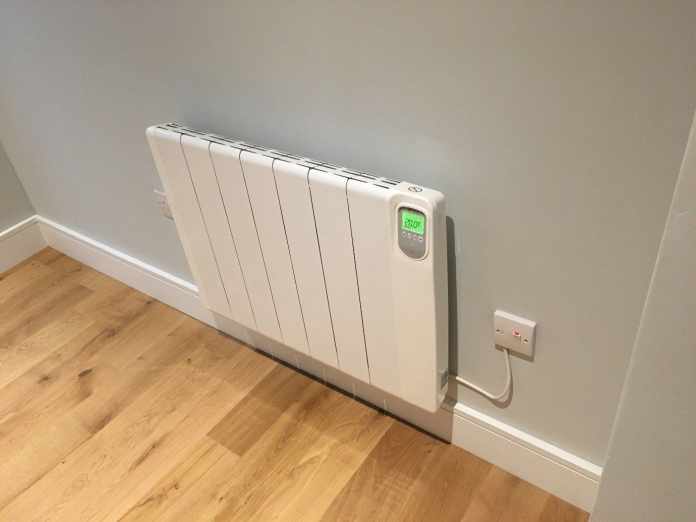Before you choose your ideal electric heating system ensure you know the size and shape of your rooms. Research well to know the best radiator outlets with a reputation in offering quality services. Check for additional features that make the heating system you select more efficient. Below is a list of factors that you should consider before purchasing an electric design.
What to consider?
The cost – Installing electric radiators has an advantage because they do not require regular checks that save on cost. Before purchasing an electric system find out the installation costs, maintenance, and running costs. Electric heating is more efficient compared to central heating making it more economical.
Insulation and property location – Any heating that emits a lot of heat consumes a lot of energy which in turn will increase your energy bills. Ensure your electric radiator comes with an inbuilt insulator to avoid energy wastage. Improving your thermal retention will require you to identify small investments in your home. The location of your home also determines the type of heating system required.
The heat output – Ensure you have an estimated calculation of the energy consumption of every room in need of heating at your home. It is simple to calculate using a BTU Calculator available online as a guideline. Using the proper assessment of your room`s size, you will be able to approximate and plan accordingly.
The design – An ideal electric radiator matches the interior design of your room matching with the aesthetics. Designer radiators that come in different styles and distinct features are readily available at most outlets.
Safety features – Most electric radiators can quickly become fire hazards if not properly monitored. Considering safety features will help in reducing fires and provide secure operations through technology advancement. Some electric radiators come with a cool-to-touch surface that prevents overheating. Others feature an automatic internal switch that helps switch the power off if knocked out or tripped over.
Energy Efficiency – Comparing energy efficiency helps in conserving energy and maintaining low heating costs. An electric radiator with low heat emission can adjust with temperature changes thus, help cut off the billing costs. Identify specific features such as adjustable thermostats, and energy-saving modes to help minimize power usage making it more economical.
The type of heater – Electric radiators come in different types and each is suited to a specific function. They include convection heaters, infrared heaters, oil-based heaters, and fan-forced heaters. Various types of electric radiators are suit for rooms of different sizes and shapes.
Noise level – A person who strives for peace will be keen to select an electric radiator that emits no or less noise when operating.
The material used – The type of material used on most bathroom radiators include stainless steel, mild steel, aluminum, and cast iron. Before modern technology, cast iron was the most commonly used material taking longer to cool and heat. Today mild steel is in use while stainless steel is available in high quality hence, it costly.
Controlling your electric heating
You can control your electric heat in your home using electric heating controls to reduce the energy bills. Electric heating controls are available in different sizes and shapes from which you can make an ideal selection. They include timers, programmers, modern heating controls, and room thermostats. Modern heating controls enable you to run your heating remotely via the phone, tablet, or computer using Bluetooth and WIFI technology. These controls allow you to adjust the temperature and switch your radiator on and off at any given location. There are other additional features like automation in some electric heating which can adjust themselves with temperature changes.
Benefits of using electric radiators
Low installation costs – It is cost-effective to install electric heating compared to other heating methods such as oil, biomass, or gas. Modern electric heaters do not require pipes and other wiring appliances during installation. Homeowners who are installing the heating system for the first time are well suited to the electric radiators.
Energy-saving features – Modern electric heaters come with inbuilt energy–saving features that help in the conservation of heat thus reducing the heating bills. An electric radiator with an energy monitor will help you keep a record of your energy usage.
Flexibility – There are various electric radiator types to suite rooms with different sizes and shapes. A variety of models have designs that suit various interior designs for modern homes.
It is easier to heat the rooms on use – An Intelligent Control System in the electric radiator is used to control the heating in all rooms. It ensures energy conservation because no heater runs when not required.
Saves on costs – Electric radiators are easy to install, run and maintain that saves on costs. Different types of electric radiators come with distinctive features making them efficient in their operations.

















